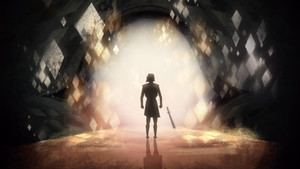

Temple
The biblical authors describe Israel’s temple as the place where God’s space and human space overlap. In fact, the whole biblical drama can be told as a story about God’s temple: God creates a cosmic temple and, in Jesus, takes up residence in his temple-world. By the end of the biblical story, all of creation has become God’s sacred temple.
Reflect
Compare and discuss the three-tiered design of creation (sky, land, and sea) that God completes on the seventh day (Genesis 1:1-2:2) with the three-part design of Solomon’s temple (holy of holies, holy place, and courtyard) completed after seven years (1 Kings 6). What similarities and differences stand out to you?
How do human beings fail to trust God as they work in the cosmic garden temple (Genesis 3:1-6) and Solomon’s temple (1 Kings 9:1-9 and 11:1-13)? What happens as a result (see Genesis 3:7-24; 2 Chronicles 36:15-21)?
What do you observe as you compare the dedication of Solomon’s temple (2 Chronicles 7:1-3) with the inauguration of Jesus’ new human temples (Acts 2:1-4)?
Discuss how New Testament authors describe the Church as God’s new temple (see Ephesians 2:19-22; 1 Peter 2:4-5).
Keep Exploring
Downloads
Biblical Themes

The Exodus Way

The Mountain
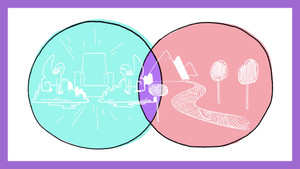
Heaven & Earth

The Messiah

The Covenants
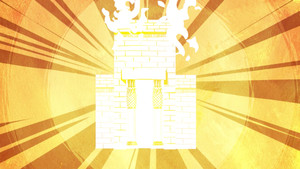
Holiness

Sacrifice and Atonement

The Law

Gospel of the Kingdom

Image of God

Day of the Lord

Holy Spirit
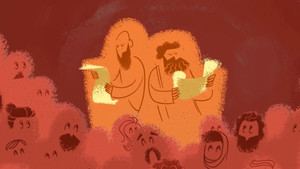
Public Reading of Scripture

Justice

Exile

The Way of the Exile

Son of Man

Temple

Generosity

Sabbath

Tree of Life

Water of Life
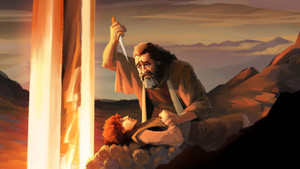
The Test

Eternal Life

Blessing and Curse

The Last Will Be First

Anointing

The City
